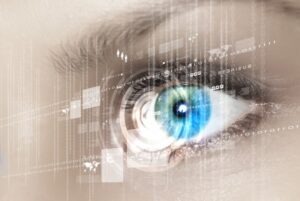Understanding Computer Vision

Understanding Computer Vision
Someone throws the ball. The ball is caught by the other person. Simple, right? Not really. It is one of most complex processes that science has attempted to understand, let alone recreate. It is surprisingly difficult to create a machine that can see the same way as a human. It’s difficult to create computers that can see like the human eye, not only because it is hard to build them but also because we don’t fully understand how it works.
The eye collects an image and analyzes it. It then sends that information to the brain for further analysis. The brain compares the image with everything it already knows and then decides what to do. In the scenario of the ball, a person reaches out to grab it. All of this happens in a fraction of a moment, requires almost no conscious effort and is almost always successful. Recreating human sight is not just one difficult problem. It’s actually a series of problems that are all interdependent.
Marvin Minsky, AI (Artificial Intelligence), pioneer, famously told a graduate student in 1966 to “connect a camera with a computer, and have it describe the images it sees.” Fifty years on, scientists still work on it.
The science and technology behind machines that can see is called computer vision. Computer vision is a science that deals with building artificial systems to extract information from images and multi-dimensional data.
Computer vision is required for applications such as traffic monitoring, surveillance and security and tracking targets. All of them follow objects moving at high speed, so they need to process data within a split-second. A computer vision system is used to provide input data for this type of processing. It acts as a vision sensors and provides high-level information on the robot and its environment.
The lens is ineffective if it cannot’see,’ or move fast enough. We design and manufacture computer-vision precision lenses for use across many industries.




